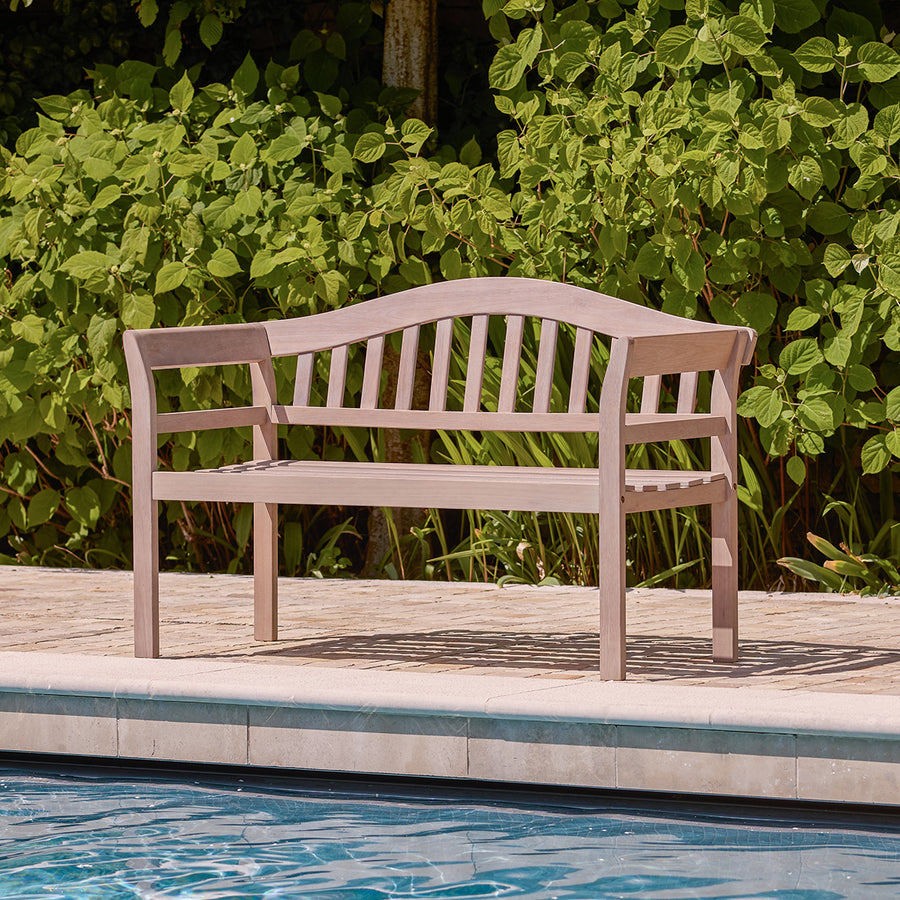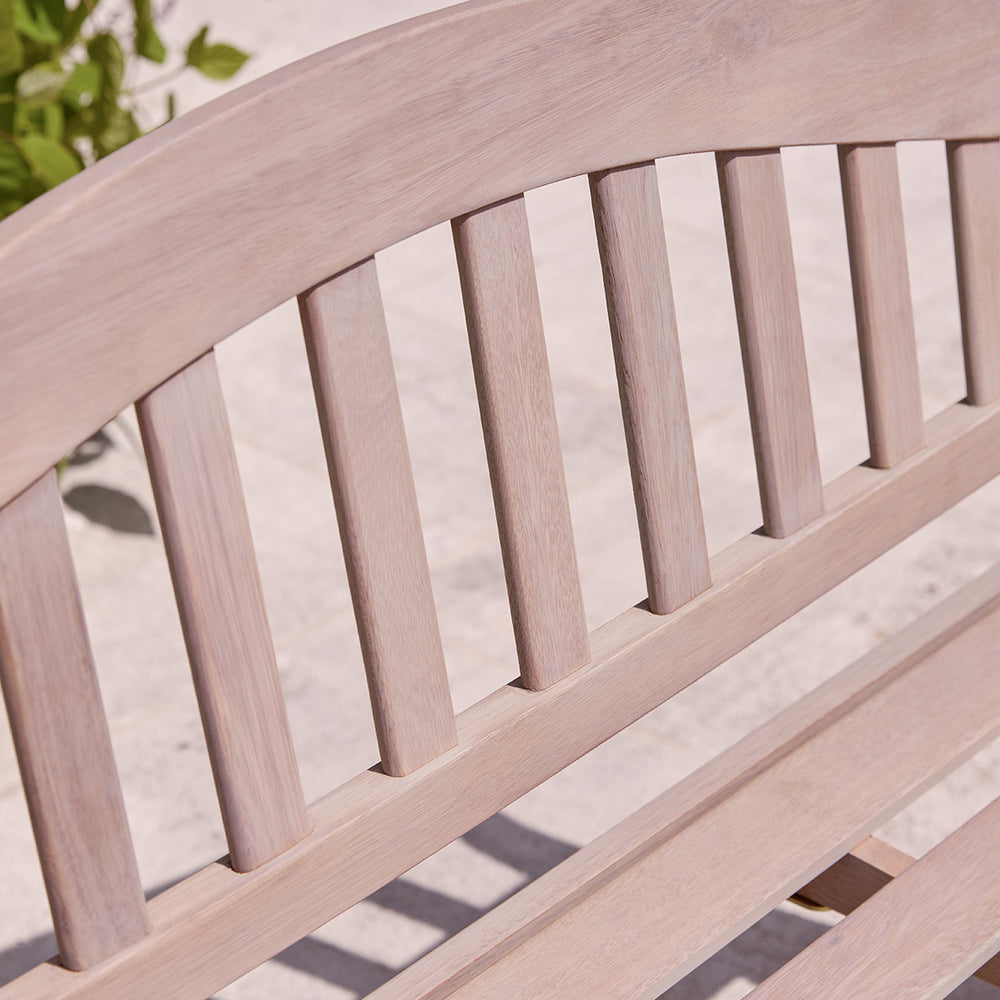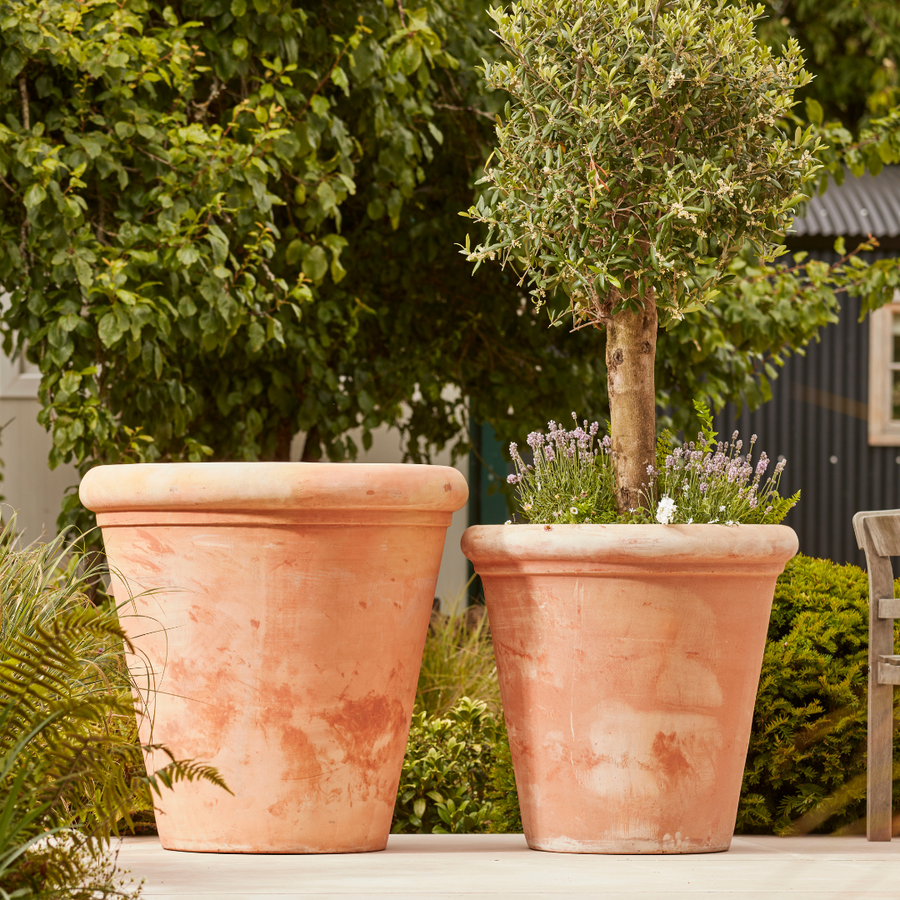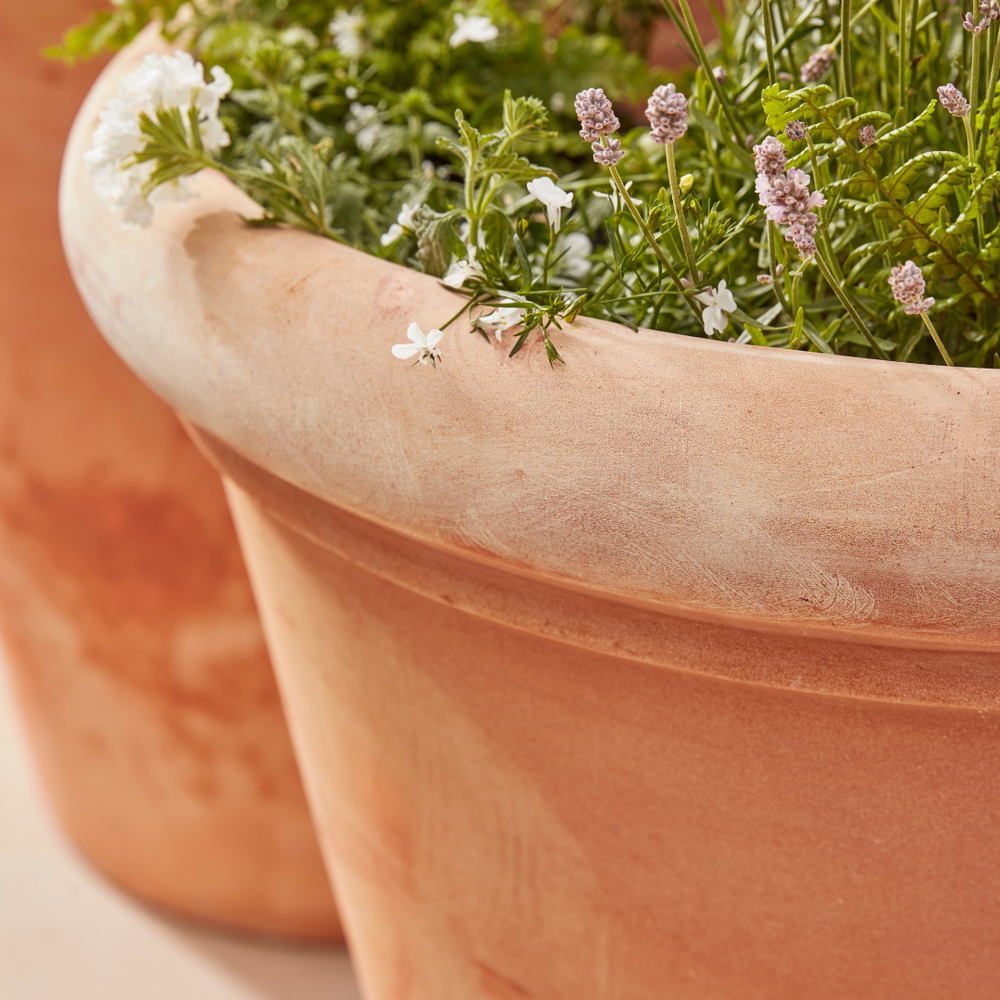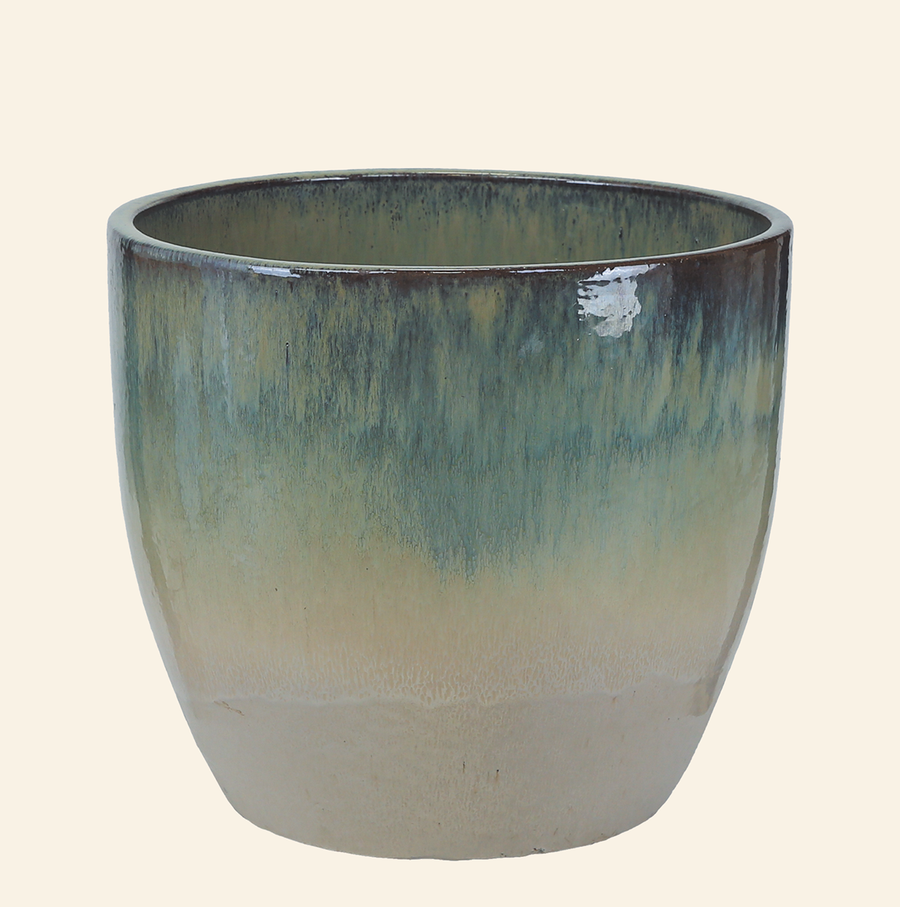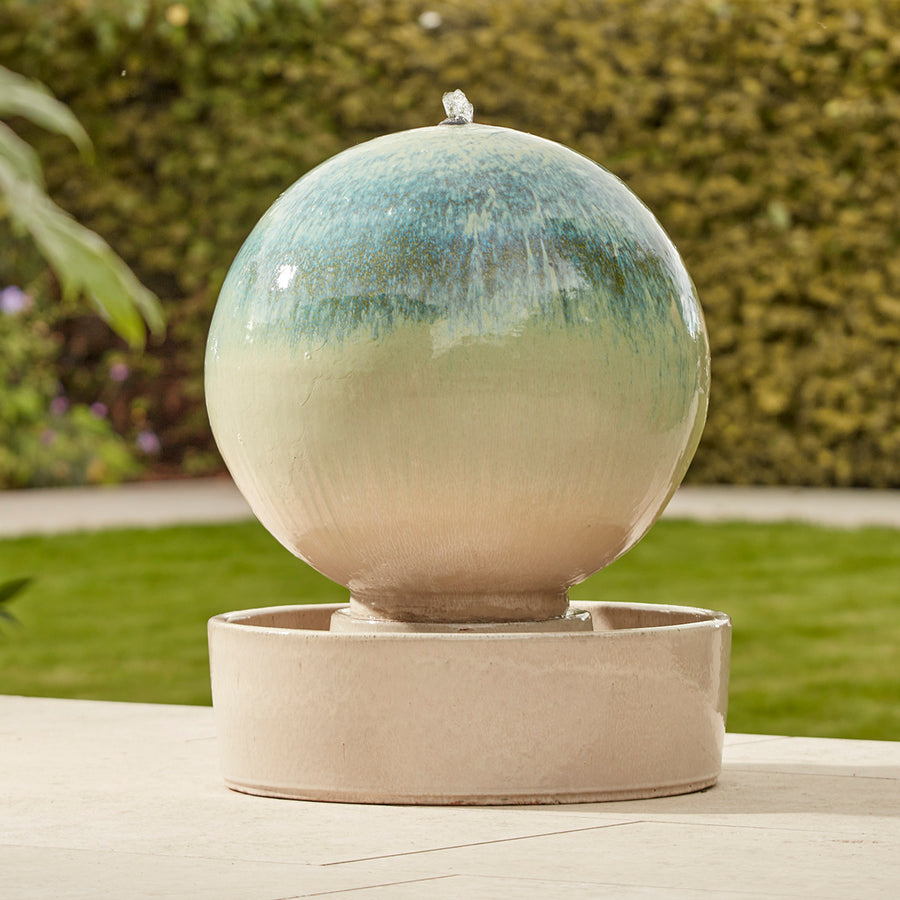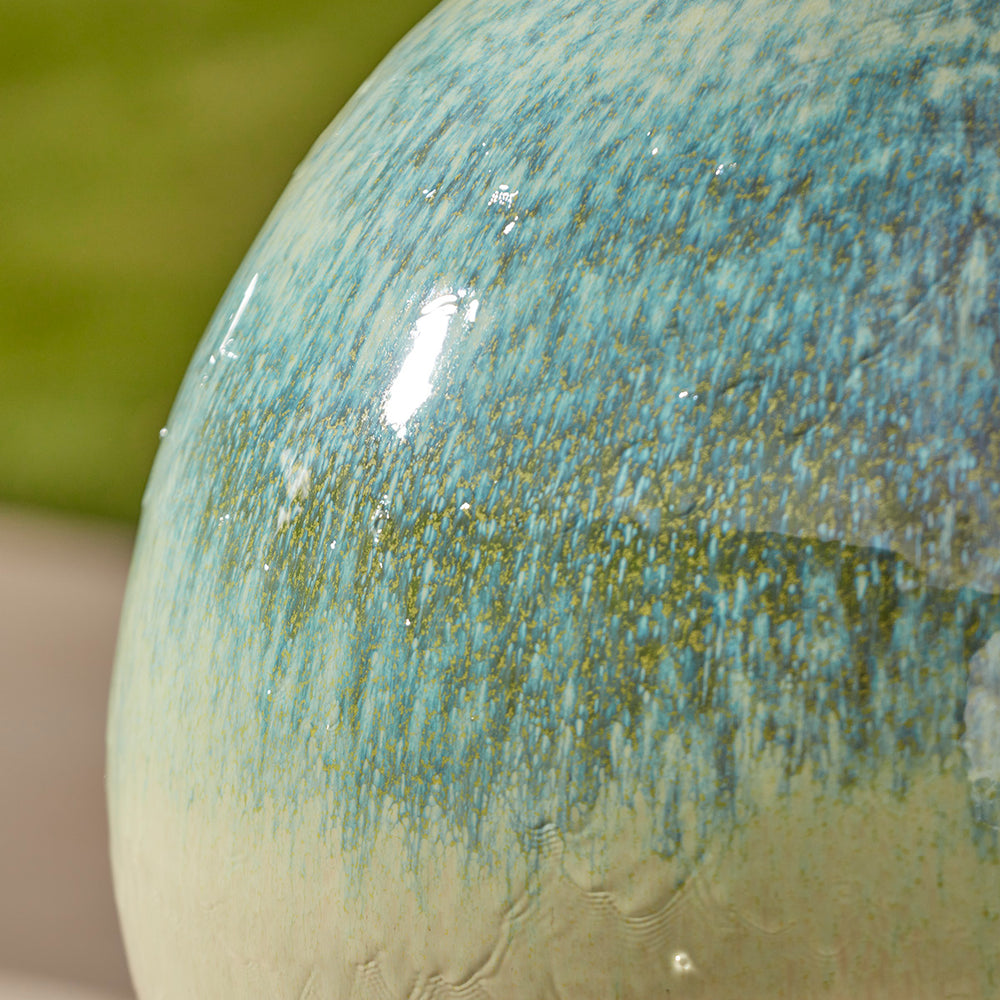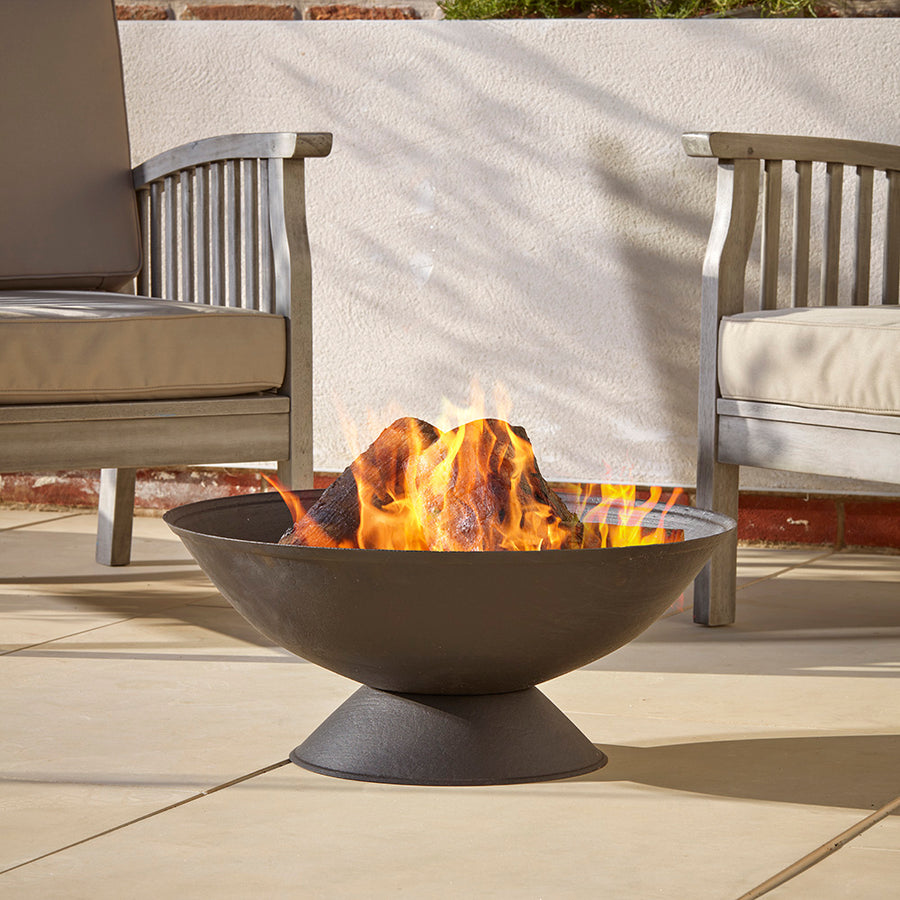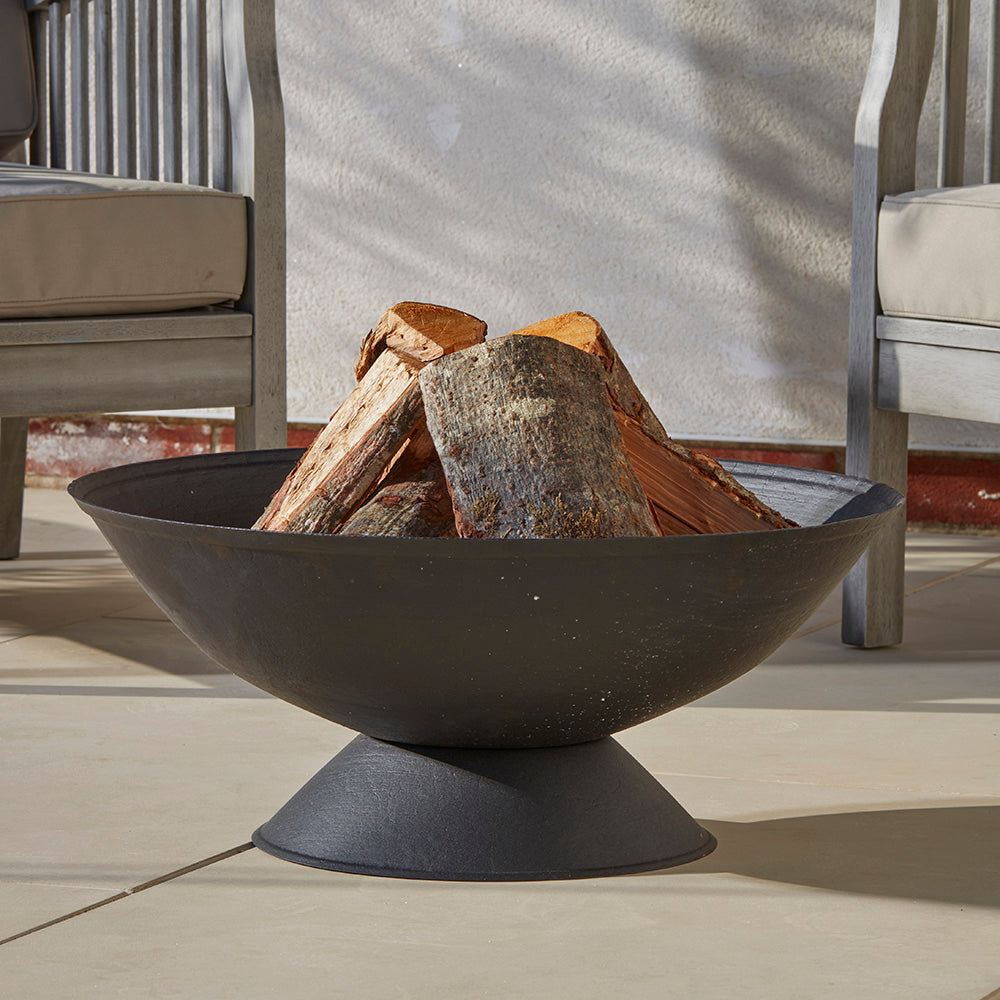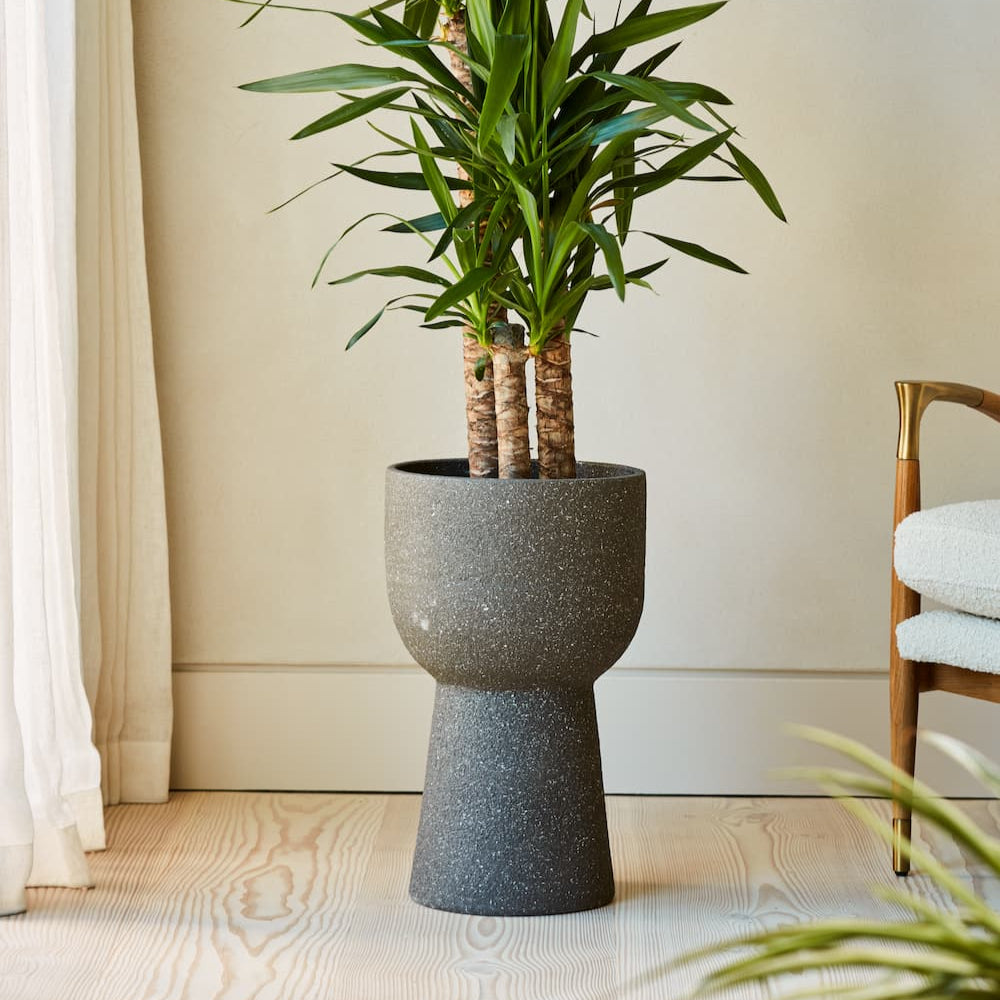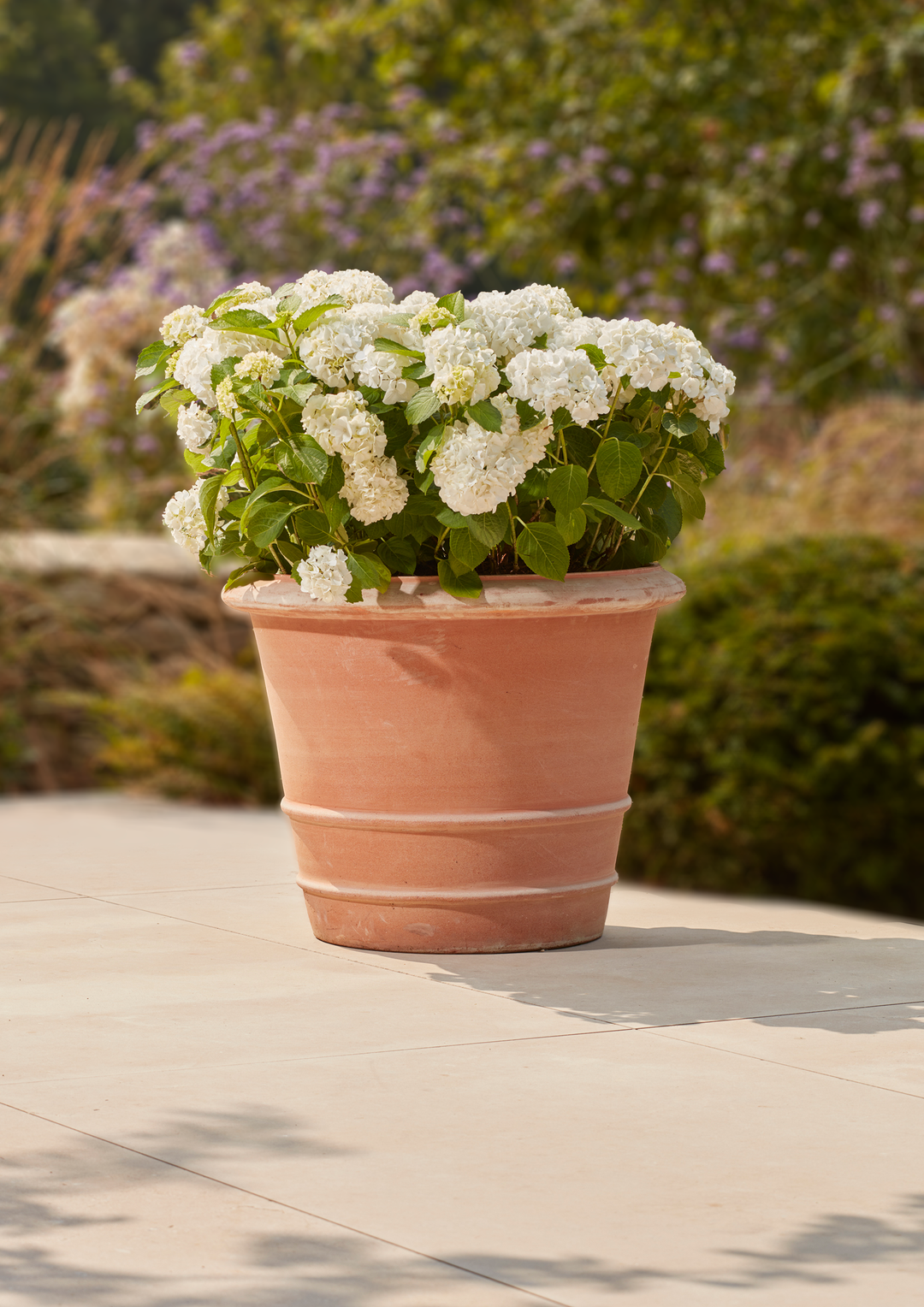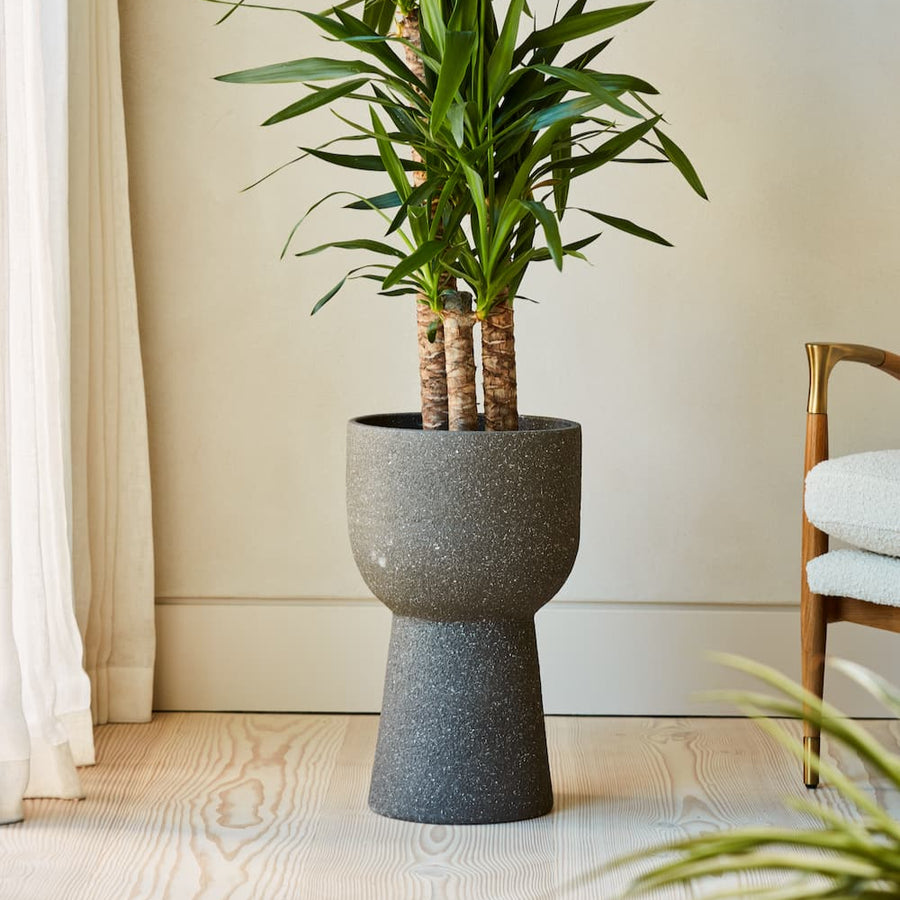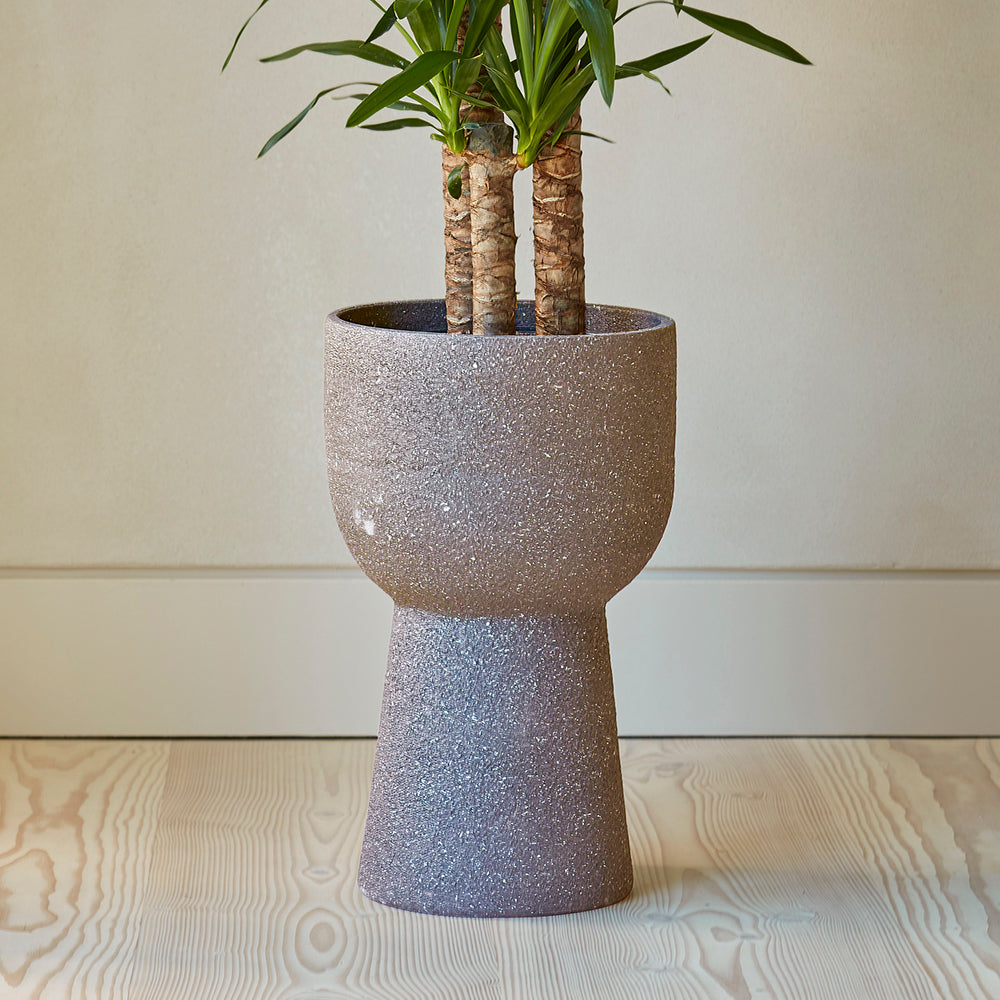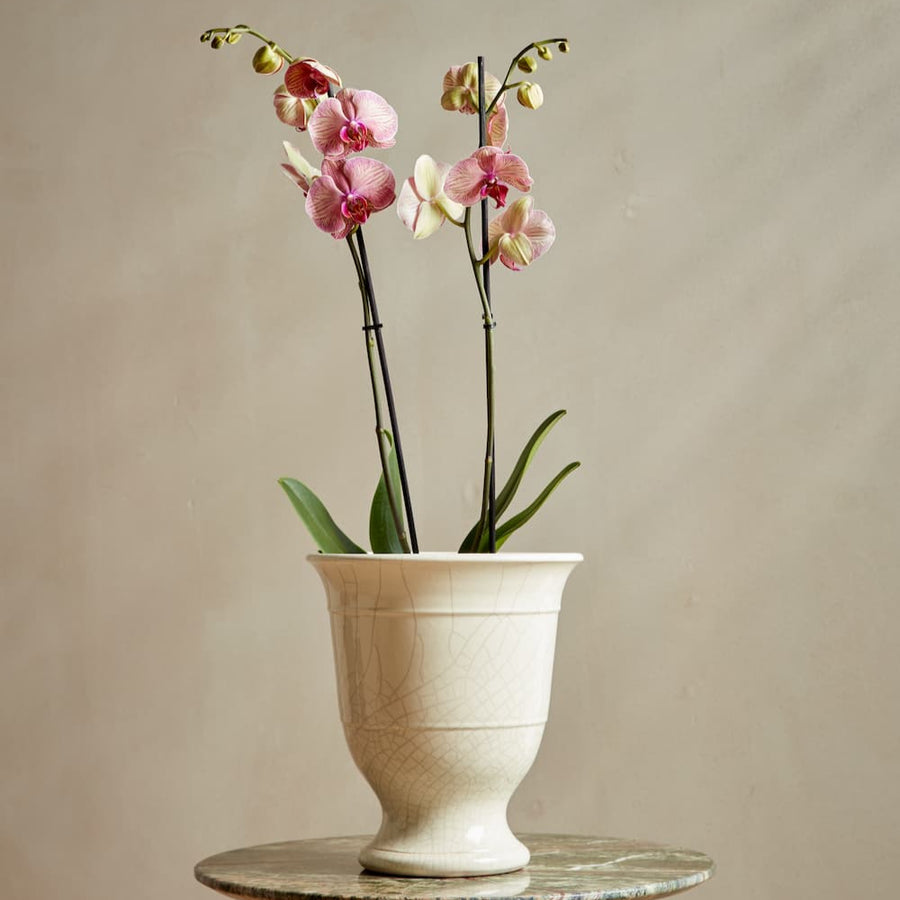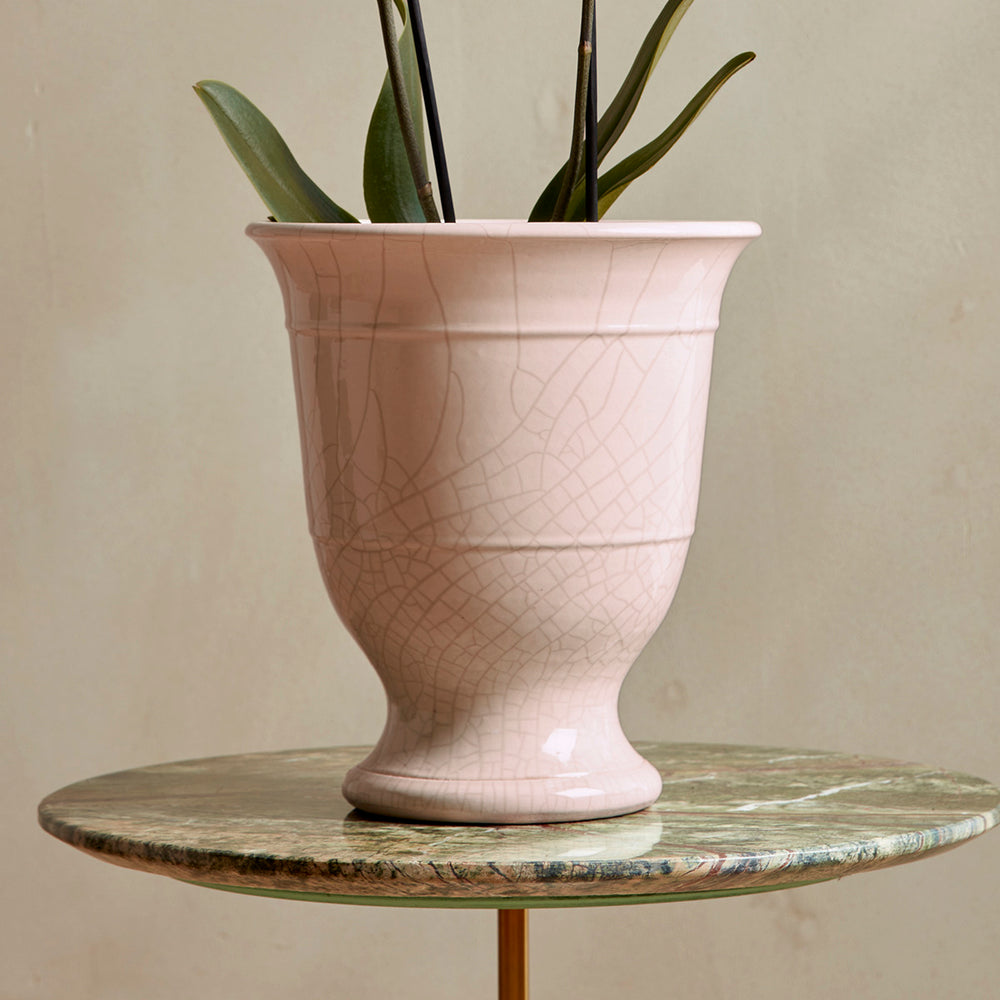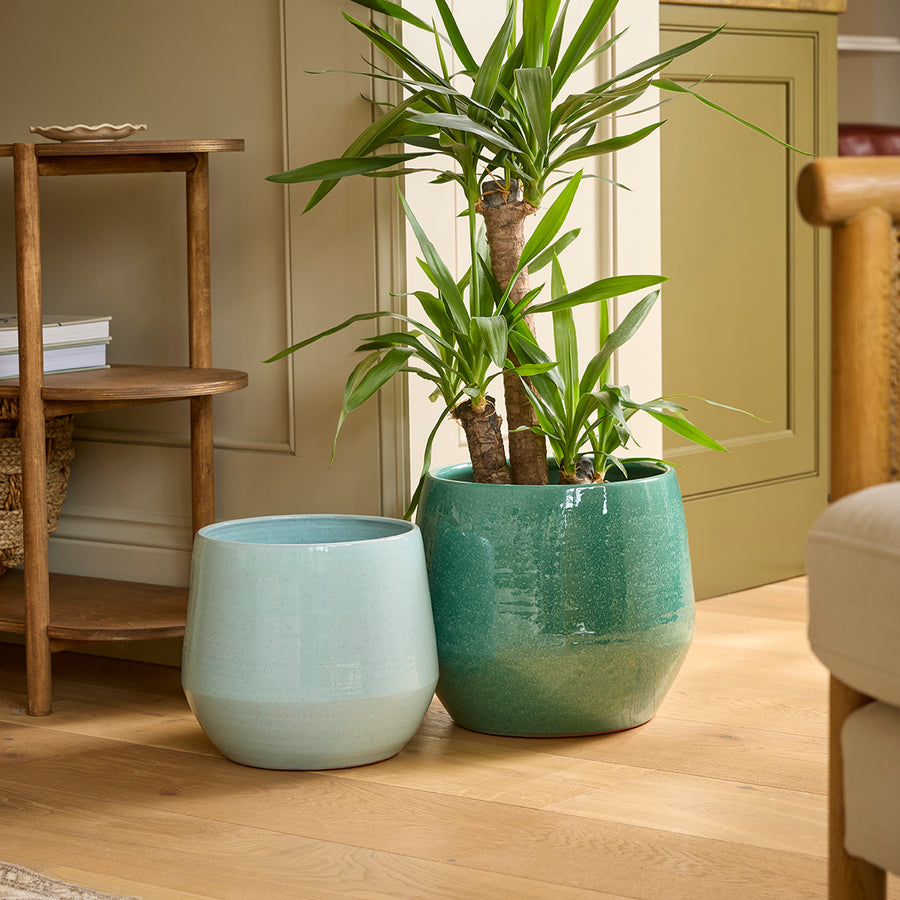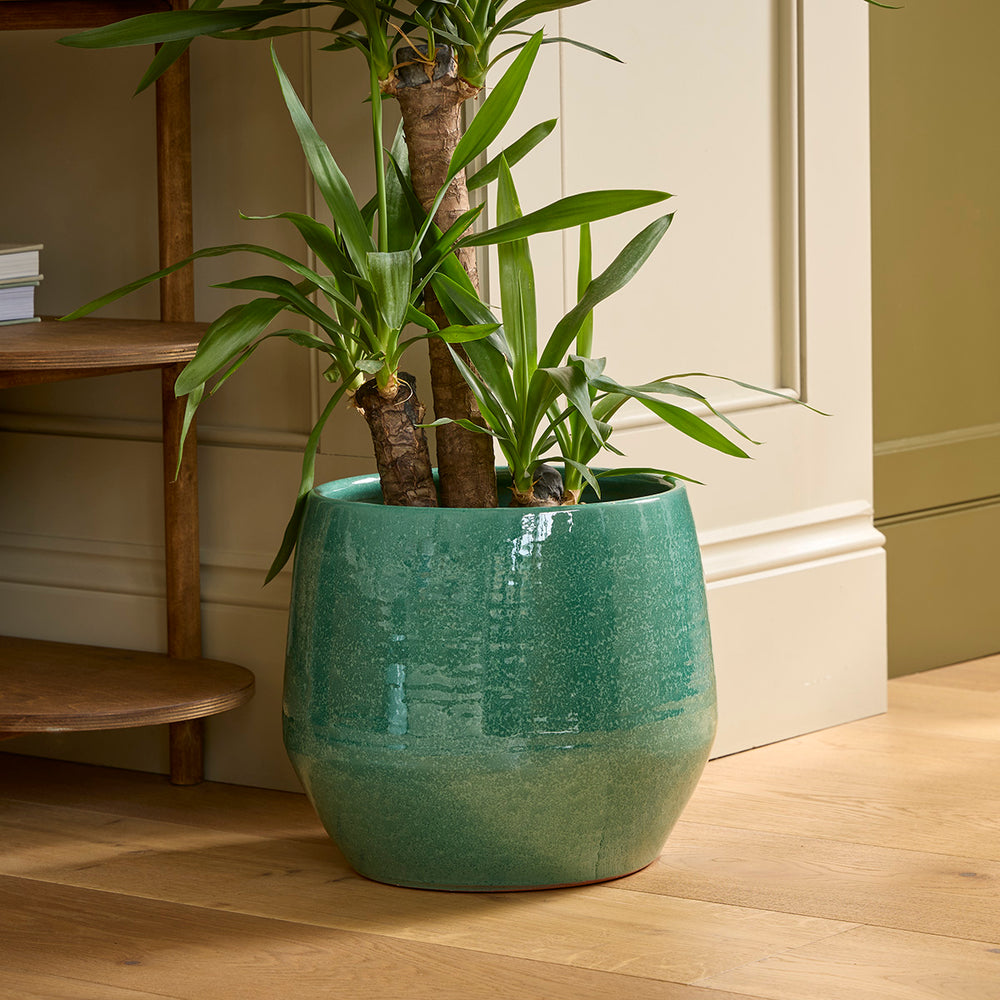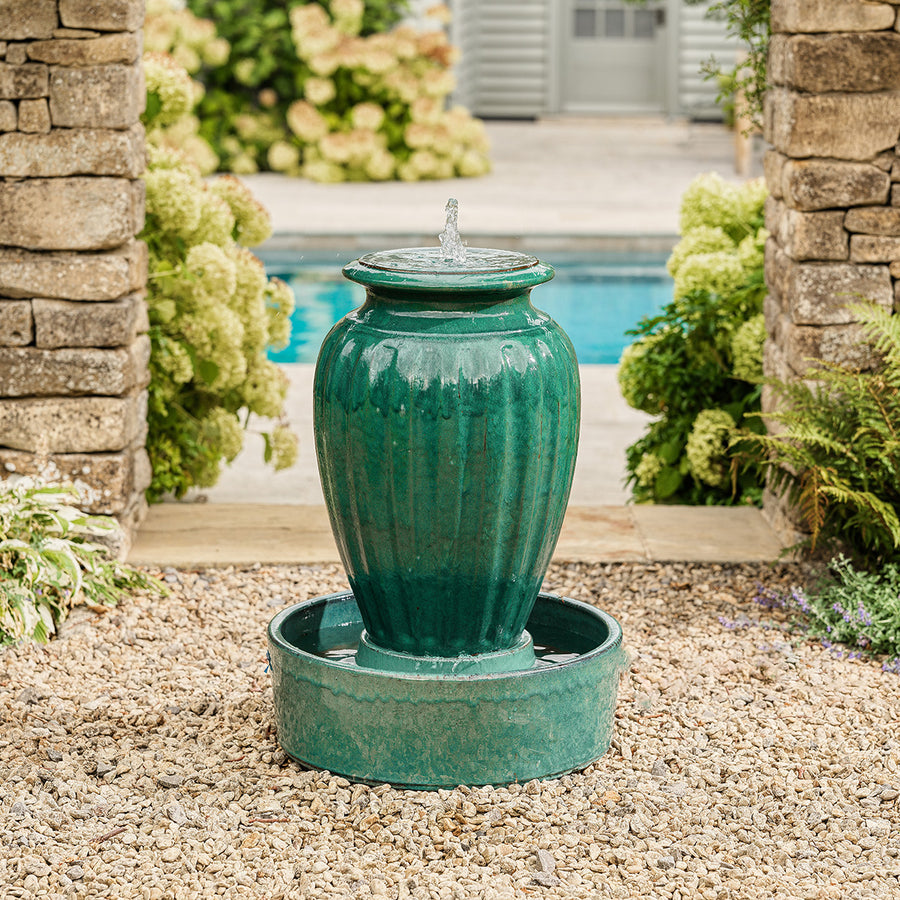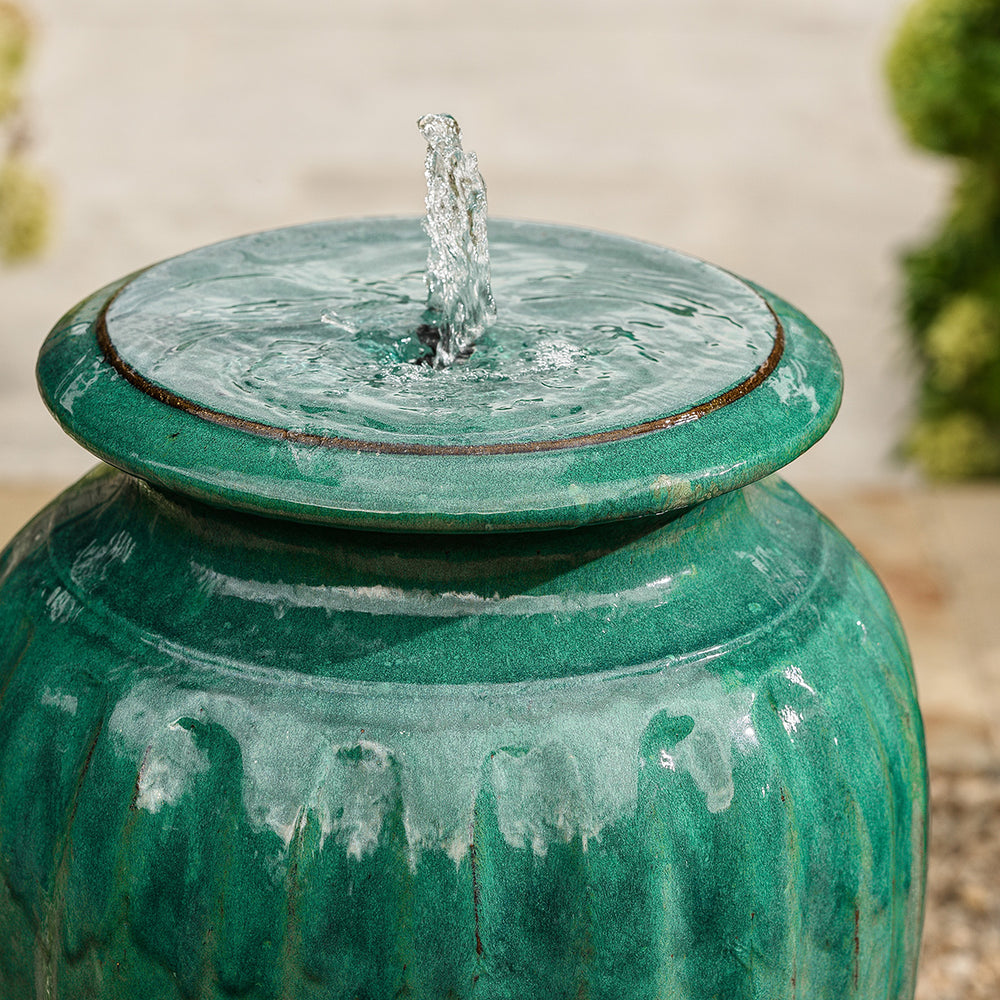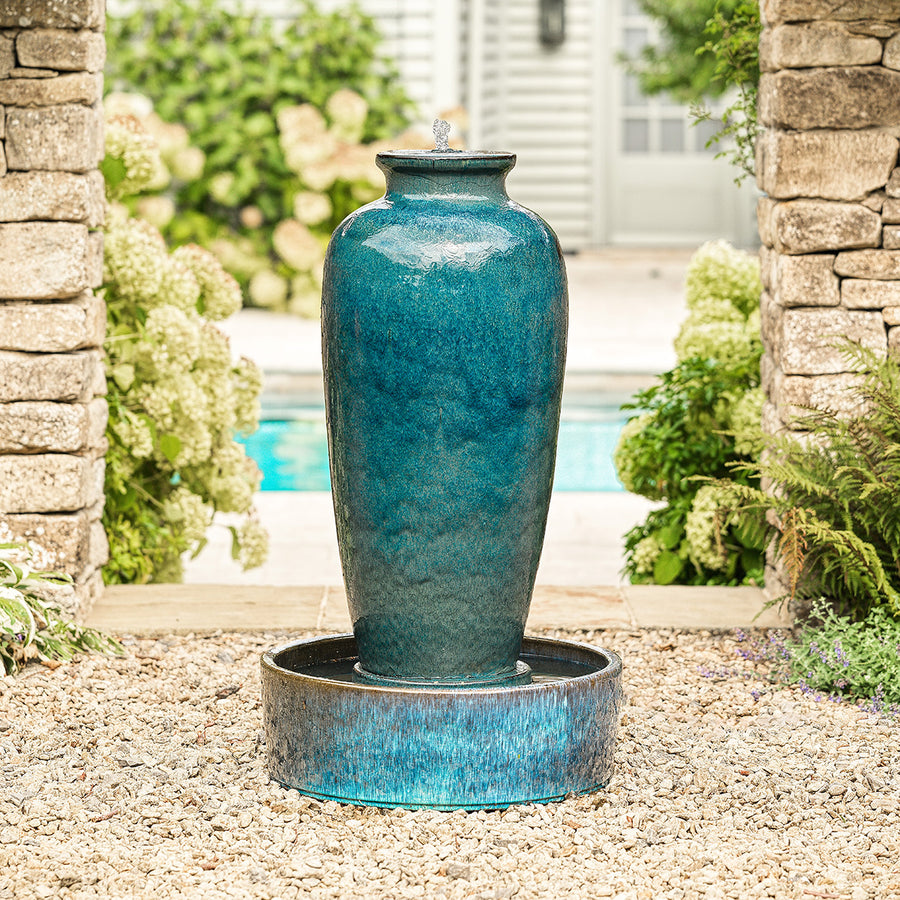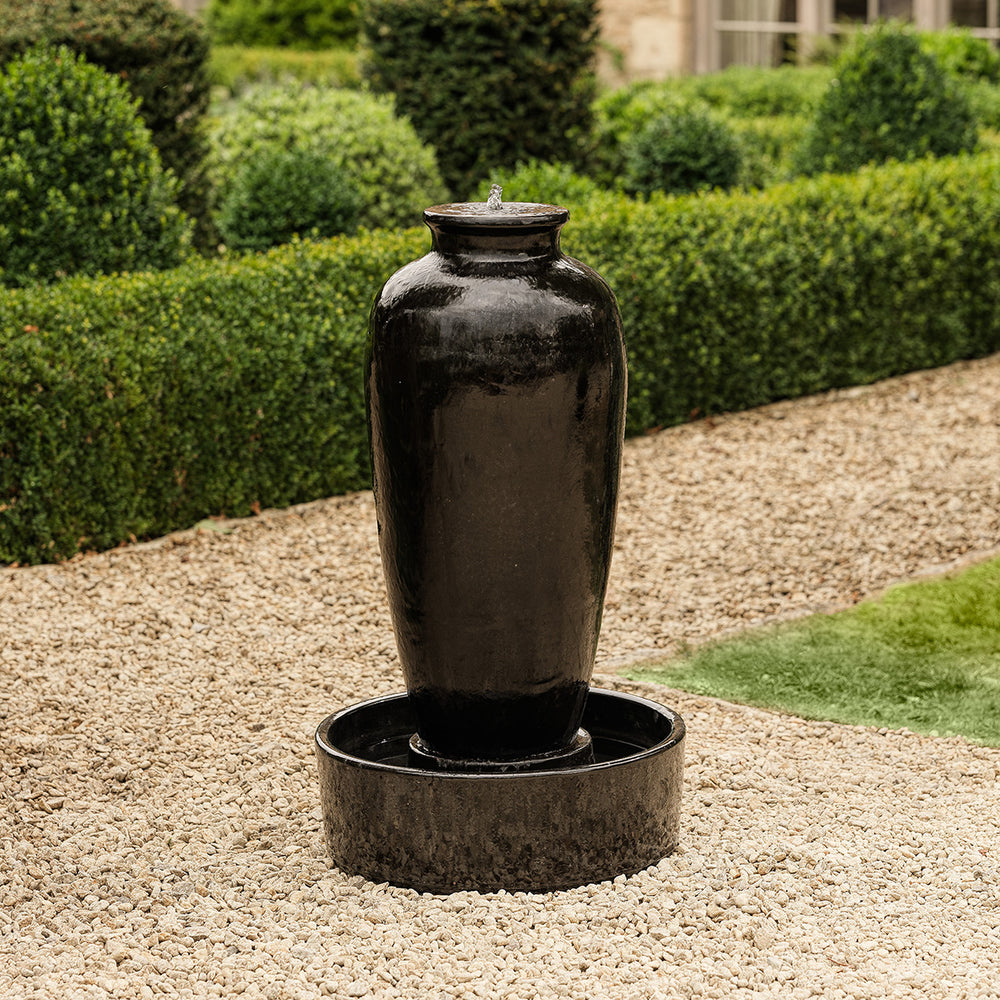New Year, New Garden
It’s a new year, time for new beginnings and resolutions. Time to look ahead to the rest of the year and maybe even started to consider some improvements to your garden or outdoor space.
Whether you’re a budding gardener looking for some advice, or a green fingered expert looking for some new ideas, a monthly garden guide is one of the most helpful resources out there and will help you plan for a year of colour or freshly grown produce. Below, we have compiled some monthly tips on how you can maximise your garden this year.
January
- January is a time for planning so order those seed catalogues, order your gardenware online to make sure you are ready for planting season.
- As long as the ground is not frozen, you can still plant bare-root shrubs, roses and ornamental trees.
- Tidy your outdoor space and make sure that you have checked on your over-wintered plants and tubers and discard any that may have declined or diseased over the dormant season.
- Clean up your greenhouse and make sure your pots are sterilised and ready for use.
- Check your tools too, clean and oil them so they are ready to use as soon as the weather warms up.
- Don’t forget to leave some seed, suet treats and nuts out for wildlife, as well as providing a fresh source of water.

February
- As the weather starts to improve, jump on your shrub, vine and hedge pruning to ensure a healthy growth in the upcoming season.
- You can start planning early veg crops by sowing seeds in the greenhouse or in a windowsill propagator kit.
- Chitting your early potatoes now will also guarantee a bumper harvest in the summer.
- Use cloches or fleece around your tender plants for winter protection.
- Net your early budding vegetable plants or fruit trees from hungry birds.
- Slugs may also be on the prowl if the weather has been wet so raise your containers onto pot feet and apply pellets to keep them away from young seedlings trying to establish.
March
- Daffodils and tulips will be putting on a spectacular display but keep on top of deadheading the flowers, but leave the foliage to die down naturally so the bulb can restore its energy for next year.
- Summer-flowering bulbs, such as lilies and gladioli can now be planted in pots and borders.
- If your grass needs mowing, now is the time to start and to show it some TLC.
- Aeration will resolve any compacted or waterlogged areas over winter, whilst scarifying will rid your lawn of moss.
- Resolve any bare patches by seeding so it’s full of life in the summer.
- Plant your potatoes, shallots, onions and garlic in March.
- Once the soil has warmed up it’s time to start sowing the first crops of vegetables you have nurtured in your greenhouse outside.

April
- Plant both hardy annuals and native wildflowers in your containers or flower beds to fill out any gaps and compliment the perennial plants you already have.
- Plant dahlias and chrysanthemums for a sunny display come summer.
- If you have climbing and rambling roses tie them in to their supports for a floriferous show.
- April is the best time for creating new container displays or hanging basket displays so stock up on summer bedding, annuals and trailing plants to create the wow factor in your outdoor space.
- Continue to plant out your chitted potatoes into potato grow bags or in the ground.
- Now is also your last chance to buy vegetable plants such as cucumbers, dwarf beans and courgettes for sowing.
- Don't forget your house plants too as they will need more water and feed now, they're actively growing and out of their dormant period.
May
- May is the ideal time to remove any early spring bedding and prune back the plants that flowered in spring and remove the old stems, so it has a healthy bloom next year.
- It’s important to feed your plants them once a week with a good quality liquid feed.
- Continue to plant out young vegetable plants.
- Your early potatoes will need earthing up to maximise the crop they produce.
- Salad crops can be sown now outside and also indoors every couple of weeks to get a continuous supply going so you can cut and grow.
- Kitchen herbs should also be well established and will need watering regularly.
- Your lawn will also be thriving so will need regular cutting now, we recommend once a week to keep it looking its best.

June
- Regular feeding and watering will be required from now on as summer starts to heat up. Deadheading is a key job to keep up with if you want to have continuous blooms throughout the summer and into the autumn.
- Roses will be in full flower this month, remember to deadhead your roses if they are repeat-flowering types, to encourage more flowers.
- Black spot and aphids are rife at this time so keep checking and treat immediately using an insecticide.
- Tie in new growth on climbing plants such as honeysuckle and clematis and stake tall plants that need support like delphiniums.
- Mulch beds and containers before the hot weather sets in to assist with water retention but also weed suppression.
- Lawns will need some help as the temperatures climb so water your lawn in dry weather – this is particularly important for newly established lawns.
- Harvest your early potatoes towards the end of the month.
- Pinch out side-shoots from your tomato plants to encourage fruit.
July
- Water and feed plants in pots regularly that rely entirely on the compost in their pots to meet their nutritional needs.
- Cut flowers will be in abundance in your garden now so fill your home with the scintillating scent of sweet peas or the flamboyance of dahlias.
- Keep sowing salads, carrots and beets for successional harvests.
- Keep watering beans and pick pods before they get too big and stringy.
- Second early potatoes and garlic will be ready to lift around now, look out for the tell-tale sign that the foliage has yellowed.

August
- Check for moisture daily by pushing your finger into the top of the soil. We recommend watering in the evening as the cooler climes mean less water is lost to evaporation.
- Keep your container and border displays looking tidy by removing faded flowers spent foliage on perennials, roses and bedding.
- August is also a great time to collect seeds from your favourite plants like alliums and poppies to sow for the following season.
- Keep on top of weeds by hoeing the soil to keep them at bay. It is recommended this is done on a hot, dry day and the weeds left on the surface will dehydrate and die.
- Wildlife will need our help in the hot weather so make sure you maintain feed and water for them to keep them hydrated and in good health.
- Winter potatoes can be planted now to ensure a good harvest of roasted tatties for your Christmas dinner.
September
- Prepare for autumn planting by improving your soil with manure and bonemeal to provide essential nutrients for your plants.
- Keep deadheading your flowers, if the weather is warm, they will continue to flower during September.
- You can start planning next year by planting hardy annuals like cornflowers and scabiosa.
- September is the optimum planting time for spring bulbs such as alliums, fritillaries, daffodils, tulips and crocuses.
- In the vegetable garden, plant winter hardy greens, leeks, onions and shallots.
- Autumn is also the time to prepare your lawn for winter by raking leaves as they fall, scarifying and aerating and giving an autumn feed.

October
- Before the cold weather starts to set in again, cut back perennials in your garden as they finish flowering to ensure they come back strong and healthy next year
- Add some colour to your garden throughout the darker months by planting up pots and containers with winter bedding and evergreen shrubs.
- It’s time to start thinking about protecting delicate plants with horticultural fleece or moving them into a sheltered spot if you know there’s going to be a cold snap.
- Throughout the autumn and winter months you can plant or transplant both evergreen and deciduous trees and shrubs without causing too much shock to their roots.
- It’s harvest time for all your summer vegetables such as cauliflowers, squashes, courgettes and pumpkins.
November
- November is the natural time to plant ornamental and fruit trees in the ground or pots whilst the soil is still warm and moist.
- Bare root plants are also best planted at this time whilst they are still dormant.
- Lift tender tubers and bulbs and plant them inside before the frost catches them.
- This month is it is a good time of year to plant tulips, as they enjoy the cool, moist conditions that are associated with November.
- Make sure you continue to clear leaves off your lawn and paths with a spring tine rake and compost them or make leaf mulch.
- Plant soft fruits bushes such as raspberries and blackberries.
- Plant out winter bedding. Pansies and violas can make a great container display along with polyanthus and primroses.
- Peas, broad beans, spring onions and Pak choi can be sown underneath cloches during the winter months.

December
- During frosty weather, move your pots indoors to prevent them from cracking, or protect them with fleece.
- Hard prune shrubs and trees during the dormant stage to encourage more growth in the spring.
- Protect tender plants by insulating with mulch such as leaves, manure or straw.
- Now’s the time to get some manure to improve your soil by digging in manure or nutrient rich compost.
- Cold and weather can make surfaces a slip hazard so make sure you wash and sweep regularly.
- Insulate outdoor taps to prevent them freezing.
- Winter garlic can be planted now to get a head start and potentially bigger bulbs come harvest time.
- Birds need food with a high energy content to help them survive the cold winter months so put out peanuts, fat balls, cheese and suet.
- A bird bath will be an important source of drinking water for birds during the winter so ensure it is topped up and kept free of ice.
We'd love to see your progress in your 2021 garden. Tag us with #newyearnewgarden so we can follow your progress.
Looking for winter garden advice and tips?
- Plan your January garden
- Indoor Gardening - what you can grow through winter
- How to care for your houseplants over winter
- Caring for garden birds in the winter


